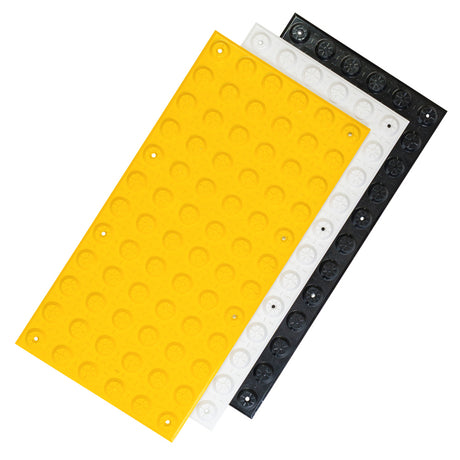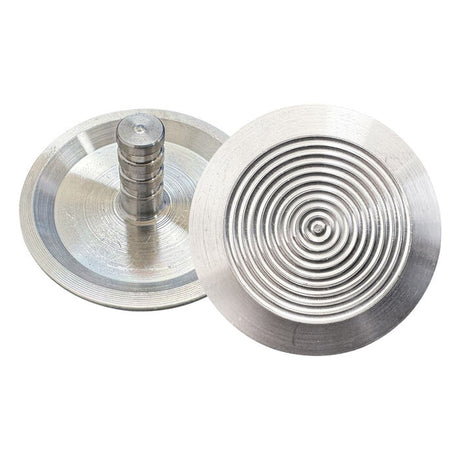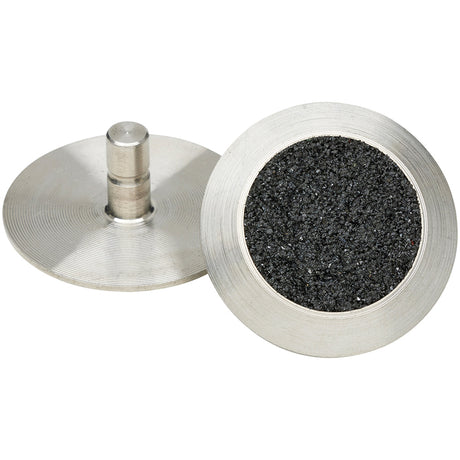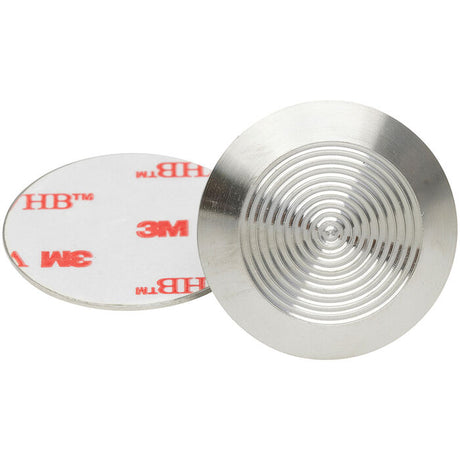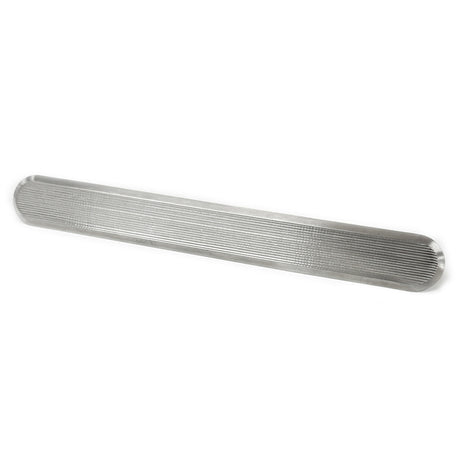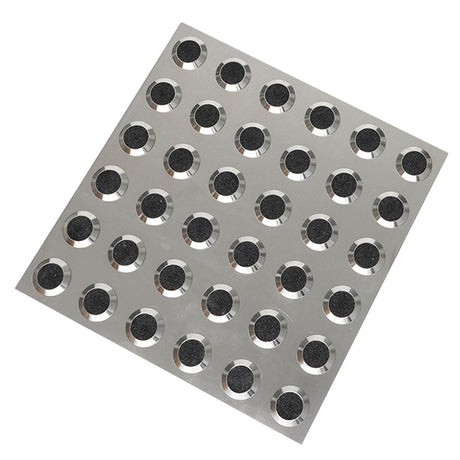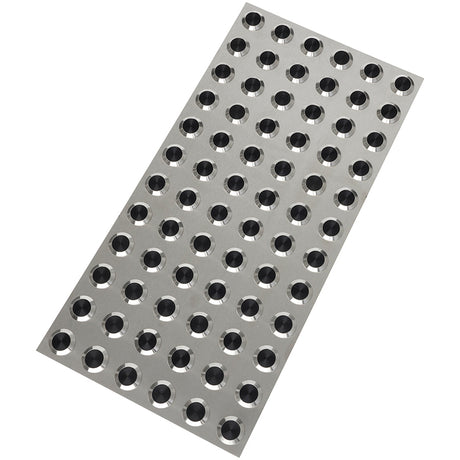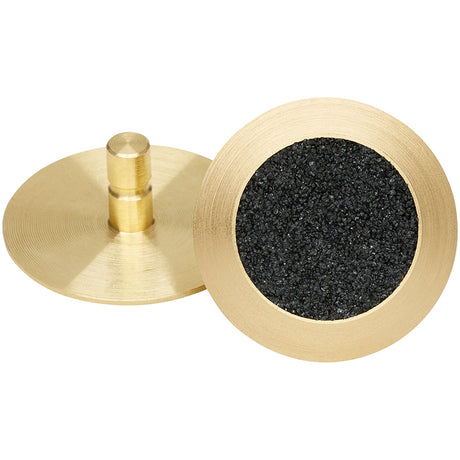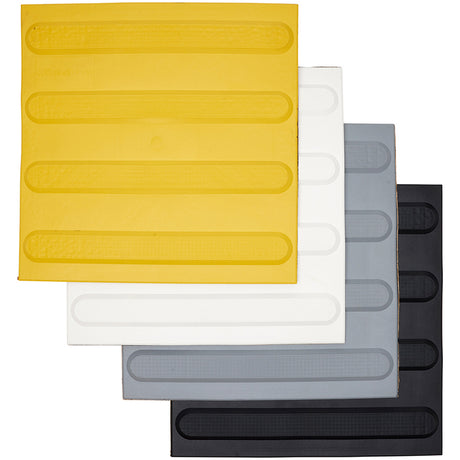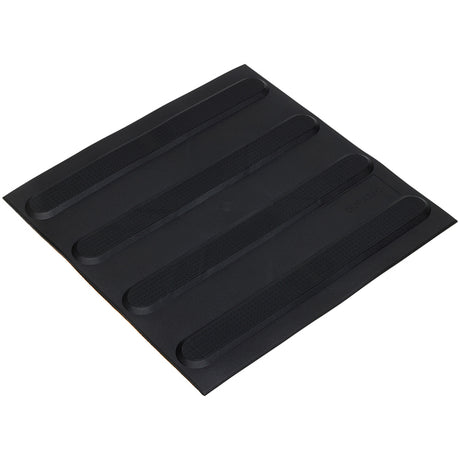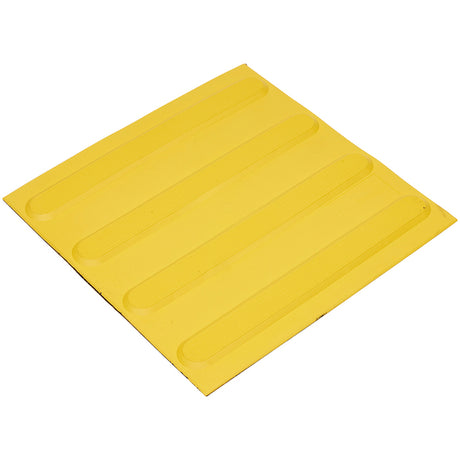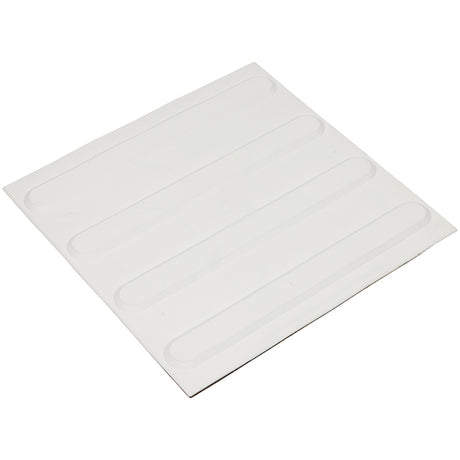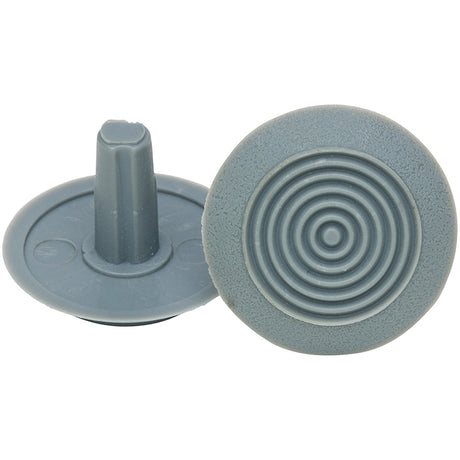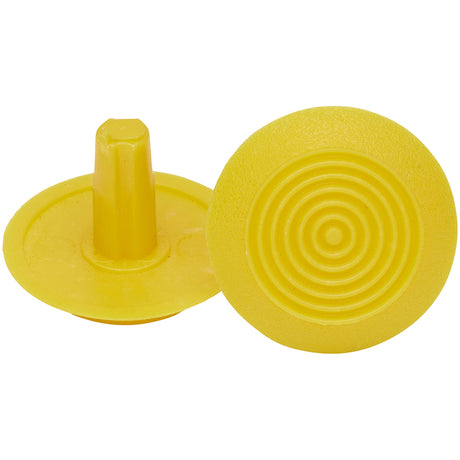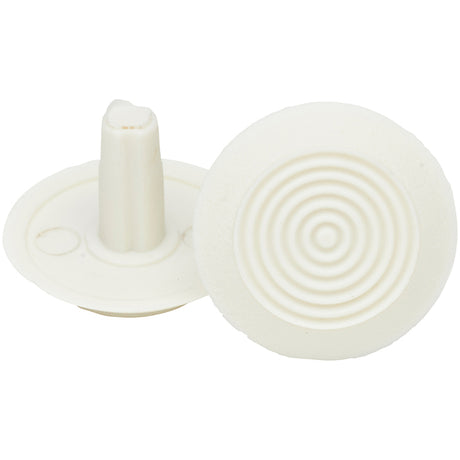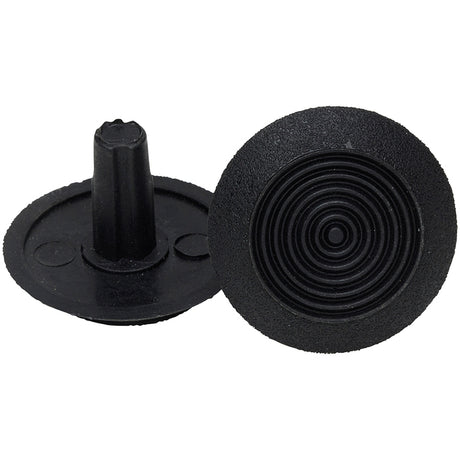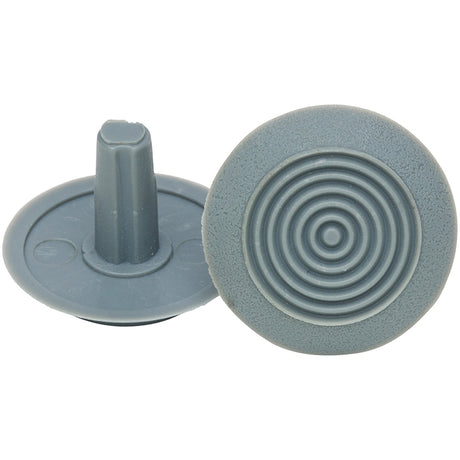We use tactiles to help all types of pedestrians navigate their surroundings, particularly the vision impaired. The studs allow for a warning sign created by feel, which helps provide information about hazards or changing directions. People commonly install them in train stations, pedestrian crossings, and stairs.
Warning tactile indicators use a square pattern of studs approx. 50mm apart. These studs consist of raised circles, typically measuring no wider than 35mm or higher than 5mm.
Directional indicators however, use rows to create directions. The ends of the row are usually rounded, with a 50mm spacing at the end.
Colour
You must install tiles with luminance contrast so they are easily visible to the naked eye. The contrast percentage will depend on the type of installation and colour of the the tactile ground surface. Visit Australian tactile colour requirements.
Location
Warning signs needed at top and bottom of stairs, ramps, escalators, and moving walks (except for aged care). Directional tactiles lead pedestrians along a safe pathway. Ask our team if you're unsure of their requirement at your premises.
Layout
Installation must be approx. 300mm from the hazard or obstacle, e.g. top or bottom of a stair case. Depending on the type of hazard this figure may increase to 600mm or more. Talk to one of our experts if you're unsure.
Coverage
Both types require a minimum coverage across the hazard or pathway. Again, this will depend on the location and nature of safety requirement.
Benefits of Tactile Indicators
1. Provide directions
Tactile indicators are helpful for people with vision problems. They provide clear and safe directions by creating a sense of touch via the studs.
2. Comply with standards
Various premises, including public spaces require tactile indicator installation as part of legal compliance. The exact indicators and requirements will depend on the space, so it's best to consult an expert.
3. Range of colours
There are several choices that can meet your preferences. Colour choices will also depend on the specific requirement of the location (e.g. day and night use).
4. Built to last
We manufacture Enforcer's tactile indicators with UV-resistant materials to withstand fading and cracking. Choose a product that can withstand the harsh Australian sun.
5. Multiple installation options
You can choose to install indicators with either screws (stainless steel) or peel and stick. This will depend on the surface you're installing onto. If you don't have the time to drill holes, you can opt to peel and stick them instead. Just know that the second option is less sturdy than the first.
6. Low cost
Tactile indicators are both cheap to buy, install and maintain, which is great. They're even available in plastic or stainless.
Two Main Types of Indicators
The two main types of tactile indicators perform very different functions for different reasons.
Hazard Tactile Indicators
As their name suggest, these tactiles indicate hazards by using bumps (studs) to warn of danger. These are typically used to warn of changing walkway heights, such as train station platforms, stair nosings, ramps or road crossings. The hazard indicator is great for vision impaired pedestrians and is also the most commonly used in Australia.
Directional Tactile Indicators
These tactiles provide navigation using either horizontal or vertical strips to guide pedestrians. These grooves or bars to help indicate direction along a path. Again, they help the vision impaired, especially along sidewalks (footpaths), parks and other public spaces.

